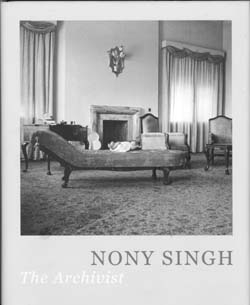When, almost fifty years after the first daguerreotype arrived in Europe, George Eastman invented the small ‘brownie’ camera, he brought photography into homes worldwide. Indian photographic aficionados were not far behind their western counterparts, though initially photography was an elite preoccupation. Soon, Kodak advertisements that used women as models were validating a slowly growing tradition of the woman with a camera. In India, as early as the 1880s, a ‘Sreemuttee Sarojini Ghosh’ ran a studio in Calcutta to photograph women in parda, a trend that was to pick up steam by the early decades of the 20th century. Thus, when 7-year-old Nony Singh used her father’s camera to photograph her mother on a family picnic, some might have thought of her as a precocious child; but, by the 1940s while a child handling a camera was rare, cameras in middle and upper middle- class homes were by no means unusual.
March 2014, volume 38, No 3

